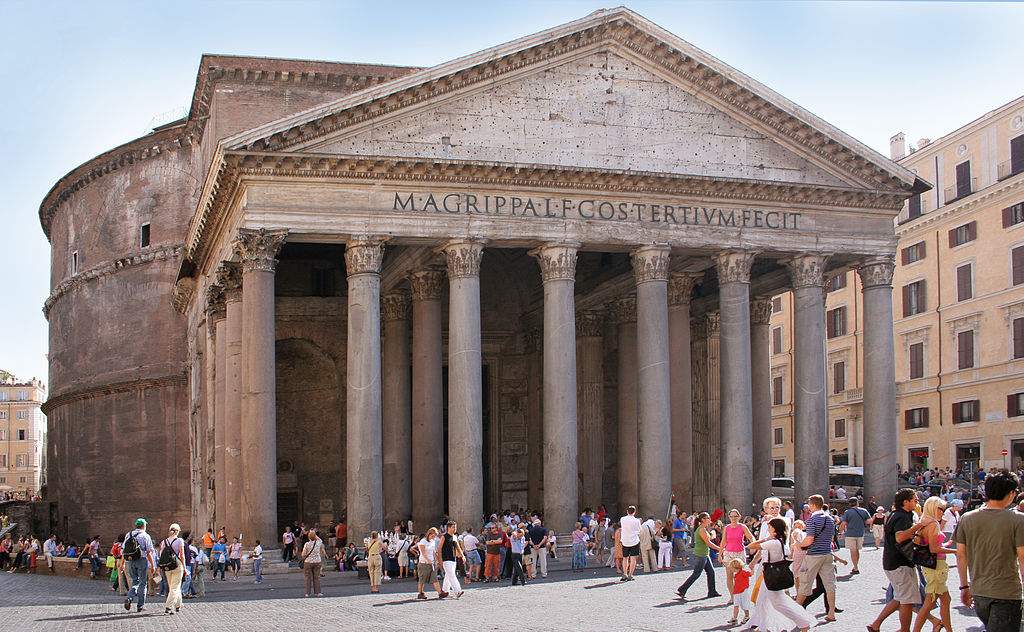In Rome, a hole had opened last April 27 in the Piazza della Rotonda, in front of the Pantheon: a small sinkhole caused by subsidence of some 40 cobblestones, one meter square wide and two meters deep. After the area was secured, studies were carried out by archaeologists from the Special Superintendence of Rome, who unearthed a piece of the ancient imperial-era pavement of the square: it consists of seven travertine slabs, almost square in shape (they are about 80 by 90 centimeters, 30 centimeters thick), and whose existence was already known, however, since they had already been discovered in the 1990s during some construction work.
The slabs date back to the second century A.D., when Emperor Hadrian had the square in front of the Pantheon (which was then much larger than it is today) and the Pantheon itself renovated: the temple, as is known, had been built by Consul Marcus Vipsanius Agrippa between 27 and 25 B.C.
“After more than 20 years since their first discovery,” said Daniela Porro, Special Superintendent of Rome, “the slabs of the ancient pavement of the square in front of the Pantheon, protected by a layer of fine pozzolan, re-emerge intact. An unequivocal demonstration of how important archaeological protection is, not only an opportunity for knowledge, but fundamental for the preservation of the testimonies of our history, a priceless heritage especially in a city like Rome.”
In the coming days the site, managed by Acea, will continue with further investigations conducted by the Special Superintendence of Rome in collaboration with the Capitoline Superintendent of Cultural Heritage.
In the photo: the Pantheon. Ph. Credit Roberta Dragan
 |
| Pantheon, a hole opens up in the square, and archaeologists find Imperial-era pavement |
Warning: the translation into English of the original Italian article was created using automatic tools. We undertake to review all articles, but we do not guarantee the total absence of inaccuracies in the translation due to the program. You can find the original by clicking on the ITA button. If you find any mistake,please contact us.